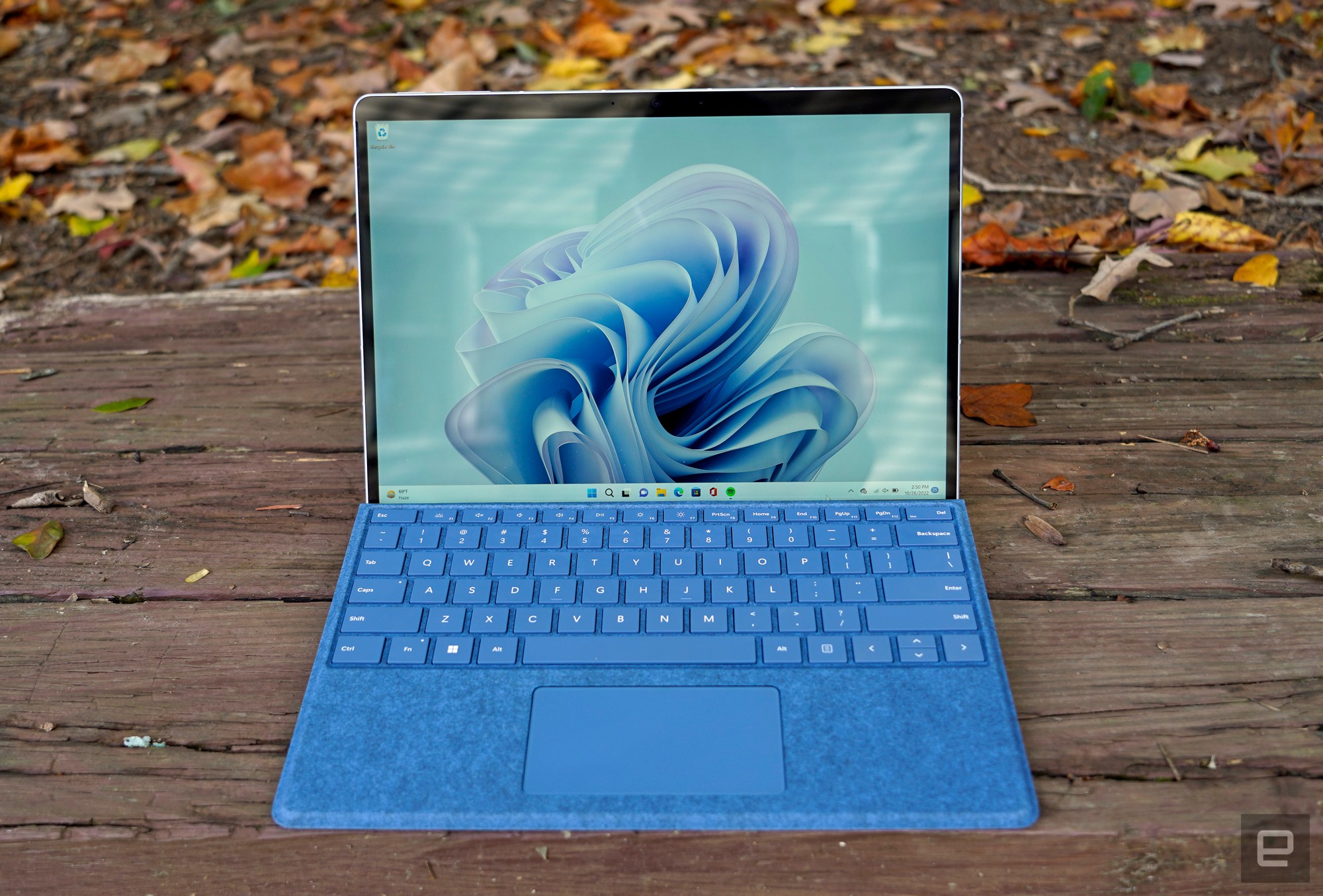A technology is working in medical services, and it commonly benefits patients and suppliers. Medicine has developed thanks to technology, making it simpler to analyze, treat, and prevent ailments. For patients, clinical technology can mean more limited clinic stays, less obtrusive systems, and faster recuperations. With regards to supplier benefits, technology can work on quiet security and fulfillment while additionally prompting more productive work processes.
1. Benefits of technology in the clinical field
2. Technology works by understanding consideration.
3. Technology can assist in decreasing clinical blunders.
4. Technology can help to reduce the cost of medical services.
5. Technology can further develop correspondence between medical service suppliers.
1. Benefits of technology in the clinical field
Technology has reformed the clinical field throughout the course of the past many years. From straightforward clinical gadgets to complex demonstrative instruments, refined medicines, and customized medicine, technology significantly affects the field of medicine. A portion of the benefits of technology in medicine include the following:
1. Worked on persistent consideration: With the assistance of technology, specialists can now give better quiet consideration. For instance, the utilization of electronic health records (EHRs) has made it feasible for specialists to approach a patient’s complete clinical history, which can assist them with reaching better-informed conclusions about determination and treatment.
2. Upgraded correspondence: Technology has likewise further developed correspondence among specialists and patients. For example, patients can now effectively book appointments and speak with their primary care physicians through internet-based entryways.
3. Expanded productivity: Technology has made it feasible for specialists to be more proficient in their work. For instance, the utilization of robots in medical procedures can assist with lessening careful time, while the utilization of electronic recommendation frameworks can assist with decreasing mistakes and saving time.
4. More noteworthy precision: Technology has additionally assisted in working on the exactness of analysis and treatment. For example, the utilization of imaging methods, such as X-ray and CT output, can assist with getting a more precise determination, while the utilization of mechanical medical procedures can assist with diminishing the gamble of human blunder.
5. Improved admission to mind: Technology has made it possible for individuals to have more prominent admission to clinical consideration. For instance, the utilization of telemedicine can assist people in far-off regions to talk with specialists without traveling significant distances.
6. Better sickness counteraction: Technology can likewise assist with further developing infection avoidance. For example, the utilization of antibodies and different inoculations has served to diminish the occurrence of irresistible illnesses significantly.
7. Quicker treatment: Technology can likewise assist with accelerating the treatment of illnesses. For example, the utilization of cluster-busting medications can assist with dissolving blood clumps in stroke patients and save lives.
8. Expanded future: Because of these benefits, individuals presently have a higher future than at any time in recent memory. As a matter of fact, as per information from the World Wellbeing Association (WHO), the worldwide future has expanded over a long period of time, beginning around 1960.
2. Technology works with persistent consideration.
Technology has upset the medical services industry, providing better than ever ways of diagnosing and treating patients. From x-rays and x-beams to mechanical medical procedures and telemedicine, technology has incredibly worked on quiet consideration.
Perhaps the main way that technology has further developed patient consideration is by providing better indicative instruments. X-beams, X-rays, and CT sweeps can now provide specialists with a much clearer image of what is happening inside a patient’s body. This considers more exact findings and more designated medicines.
Another way that technology has further developed patient consideration is by giving better medicines than ever before. For instance, mechanical medical procedures are currently being utilized to carry out fragile and complex procedures that could never have been conceivable only a couple of years prior. Also, telemedicine is making it feasible for patients to talk with experts from anywhere on the planet.
Technology has likewise assisted with working on understanding consideration by making it more straightforward for specialists and other medical services experts to share data and team up on cases. Because of electronic health records and other computerized devices, specialists can now get to a patient’s clinical history and test results from anywhere. Also, they can undoubtedly impart this data to different individuals in the consideration group.
Technology has likewise made it possible for patients to play a more dynamic role in their own care. With advanced instruments, patients can now follow their own wellbeing information, make arrangements, and even talk with their PCPs from home. This expanded access to data and care can assist patients in better dealing with their wellbeing and getting the consideration they need when they need it.
Generally, technology has enormously worked on persistent consideration. With better indicative devices, better than ever medicines, and expanded access to data, patients are currently ready to get the top-notch care they merit.
3. Technology can assist in diminishing clinical blunders.
Technology can possibly assist with lessening clinical blunders in different ways. One way is by expanding correspondence between clinicians. For instance, electronic well-being records can assist clinicians with sharing significant patient data all the more effectively and decrease the possibilities of data being lost or misconstrued.
Another way technology can assist with decreasing clinical errors is by providing choice-help apparatuses. For instance, automated doctor request section frameworks can assist with lessening the possibilities of mistakes when clinicians are composing medicines. These frameworks can likewise assist clinicians with ensuring that patients are getting the right prescriptions and portions.
Technology can likewise assist in reducing mistakes by giving alarms and updates. For example, numerous electronic health record frameworks can send cautions to clinicians in the event that a patient is expected for a specific test or strategy. This can assist with ensuring that patients get the consideration they need on time.
Generally, technology can possibly assist with lessening clinical blunders in different ways. By expanding correspondence, giving choice help, and sending cautions and updates, technology can assist in making the medical care framework more secure for everybody.
4. Technology can assist with bringing down medical care costs.
Technology is turning out to be increasingly pervasive in all parts of our lives, and medical care is no exception. There are an increasing number of ways in which technology can help reduce the cost of medical services, both for patients and for medical care providers.
One manner in which technology can assist with bringing down medical care costs is by furnishing patients with more data about their wellbeing and permitting them to adopt a more proactive strategy for their own wellbeing. For instance, there are currently various applications and sites that permit patients to track their own wellbeing information, including their weight, circulatory strain, and glucose levels. This data can be very valuable in assisting patients with identifying potential medical issues from the get-go and looking for therapy before the issues become more serious.
One more manner in which technology can assist with bringing down medical service costs is by decreasing the requirement for costly and intrusive systems. For instance, the utilization of 3D printing is becoming increasingly popular in the medical care industry. This technology can be utilized to make models of patients’ organs, which can then be utilized for arranging medical procedures and different methods. This can assist with lessening the requirement for various medical procedures as well as the associated complexity.
At long last, technology can likewise assist with bringing down the costs of medical services by making it simpler for patients to access them. For instance, the utilization of telemedicine is turning out to be increasingly normal, which permits patients to talk with their primary care physicians by means of a video call. This can be valuable for patients who live in provincial regions or who experience issues making a trip to see their PCP.
All in all, there are various ways in which technology can assist with bringing down medical care costs. This is probably going to be of extraordinary advantage to the two patients and medical care suppliers in the years to come.
5. Technology can further develop correspondence between medical service suppliers.
Biomedical advancements have permitted patients and specialists to impart in manners never before conceivable. There are various manners in which technology can further develop correspondence between medical service suppliers.
One manner in which technology can further develop correspondence is by providing patients with access to their clinical records. Previously, patients would need to depend on their memory to review significant insights regarding their wellness history. Be that as it may, on account of electronic health records (EHRs), patients can now effectively get to their clinical data. This not only assists patients with monitoring their wellbeing, but additionally makes it more straightforward for specialists to give them exact consideration.
One more manner in which technology can further develop correspondence is by making it simpler for specialists to talk with one another. Before, specialists would need to depend on phone calls or faxes to speak with one another. Be that as it may, on account of online clinical frameworks, specialists can now effectively talk with one another about quiet consideration. This not only shortens recovery time, but it also helps to ensure that patients receive the best possible care.
At long last, technology can further develop correspondence by giving patients access to online well-being assets. Previously, patients would need to depend on their PCP’s recommendation when it came to drawing conclusions about their wellbeing. Nonetheless, because of the web, patients can now investigate their choices and arrive at informed conclusions about their consideration.
While there are various ways in which technology can further develop correspondence between medical care suppliers, it is vital to remember that technology isn’t a substitute for human communication. Specialists and patients actually need to have a straightforward discussion with one another to give the best possible consideration.






